7 items found
Page 1 of 1
-
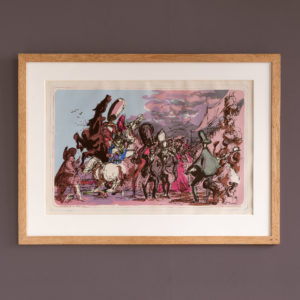
This England
£300This England
Framed and mounted, coloured lithograph by the Anglo-Polish draughtsman and expressionist painter Feliks Topolski showing Winston Churchill and Clement Atlee on The Mall. The work forms part of the post war Prints for Schools series. The purpose of Prints for Schools was to provide schools and other public institutions with examples of work by good artists at a low cost. The lithographs were all of uniform size so that they could be interchangeable in a single frame or group of frames to allow them to be rotated. The contributing artists were chosen by a committee chaired by the art historian Herbert Read.£300 -
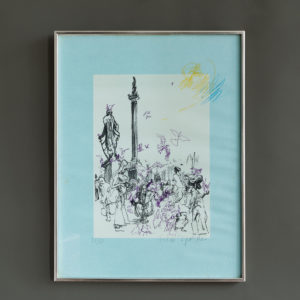
Feliks Topolski Trafalgar Square
£250Feliks Topolski Trafalgar Square
A framed Lithograph by the Anglo-Polish Expressionist artist Feliks Topolski RA showing view of Nelson's Column and Trafalgar Square.£250 -
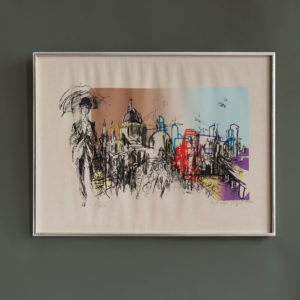
Feliks Topolski City
£250Feliks Topolski City
A framed Lithograph by the Anglo-Polish Expressionist artist Feliks Topolski RA showing view of the City of London seen from the South Bank of the Thames.£250 -
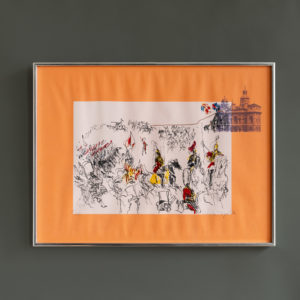
Feliks Topolski Trooping the Colour
£250Feliks Topolski Trooping the Colour
A framed Lithograph by the Anglo-Polish Expressionist artist Feliks Topolski RA showing the Trooping of the Colour at Horseguards Parade in London.£250 -
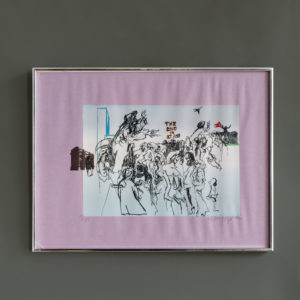
Feliks Topolski Speakers’ Corner
£250Feliks Topolski Speakers’ Corner
A framed Lithograph by the Anglo-Polish Expressionist artist Feliks Topolski RA showing a scene at Speakers Corner in London's Hyde Park.£250 -
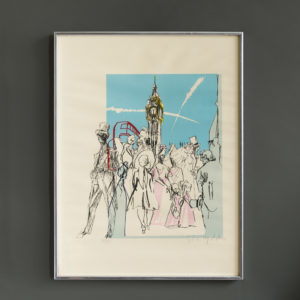
Feliks Topolski Westminster
£250Feliks Topolski Westminster
A framed Lithograph by the Anglo-Polish Expressionist artist Feliks Topolski RA showing a scene at Wesminster.£250 -
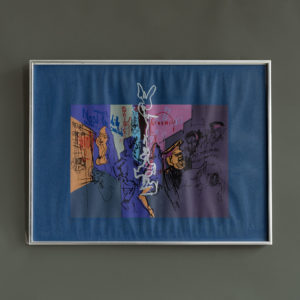
Feliks Topolski Piccadilly Circus
£250Feliks Topolski Piccadilly Circus
A framed Lithograph by the Anglo-Polish Expressionist artist Feliks Topolski RA showing a night scene at Picadilly Circus.£250
Featured Items
-
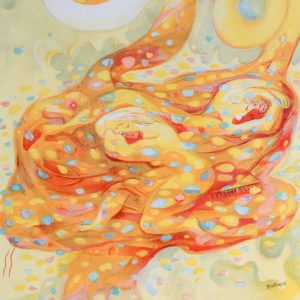
Autumn by Abraham Rattner, Verve Vol. 1 / No. 3.
£600Autumn by Abraham Rattner, Verve Vol. 1 / No. 3.
The Verve Review was a purposefully luxurious. It ran from 1937 to 1960, but with only 38 editions available, due to the high degree of design and editorial work dedicated to each issue. Each edition contained unique lithographic prints, commissioned by the editor, and each cover a double-page lithograph elaborated by one of the artists contained within. It was the brainchild of its editor Stratis Eleftheriades, a Greek National who moved to Paris in the early thirties to take part in the growing Modernist movement, writing under the name of Teriade.£600 -
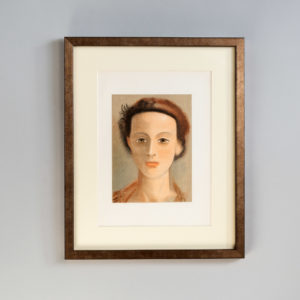
Portrait by Andre Derain, Verve Vol 2 / No. 5-6.
£800Portrait by Andre Derain, Verve Vol 2 / No. 5-6.
The Verve Review was a purposefully luxurious. It ran from 1937 to 1960, but with only 38 editions available, due to the high degree of design and editorial work dedicated to each issue. Each edition contained unique lithographic prints, commissioned by the editor, and each cover a double-page lithograph elaborated by one of the artists contained within. It was the brainchild of its editor Stratis Eleftheriades, a Greek National who moved to Paris in the early thirties to take part in the growing Modernist movement, writing under the name of Teriade.£800 -
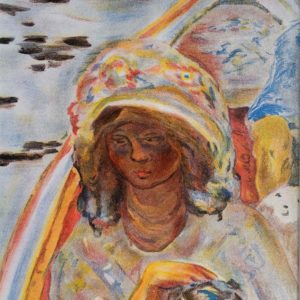
Portrait Fragment by Pierre Bonnard, Verve Vol 2 / No. 5-6.
£600Portrait Fragment by Pierre Bonnard, Verve Vol 2 / No. 5-6.
The Verve Review was a purposefully luxurious. It ran from 1937 to 1960, but with only 38 editions available, due to the high degree of design and editorial work dedicated to each issue. Each edition contained unique lithographic prints, commissioned by the editor, and each cover a double-page lithograph elaborated by one of the artists contained within. It was the brainchild of its editor Stratis Eleftheriades, a Greek National who moved to Paris in the early thirties to take part in the growing Modernist movement, writing under the name of Teriade.£600 -
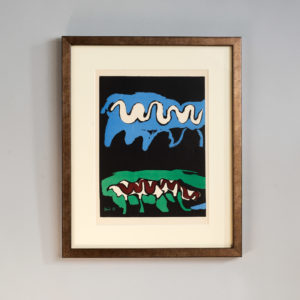
The Four Elements, Earth by Francisco Bores, Verve Vol. 1 / No. 1.
£600The Four Elements, Earth by Francisco Bores, Verve Vol. 1 / No. 1.
The Verve Review was a purposefully luxurious. It ran from 1937 to 1960, but with only 38 editions available, due to the high degree of design and editorial work dedicated to each issue. Each edition contained unique lithographic prints, commissioned by the editor, and each cover a double-page lithograph elaborated by one of the artists contained within. It was the brainchild of its editor Stratis Eleftheriades, a Greek National who moved to Paris in the early thirties to take part in the growing Modernist movement, writing under the name of Teriade.£600
